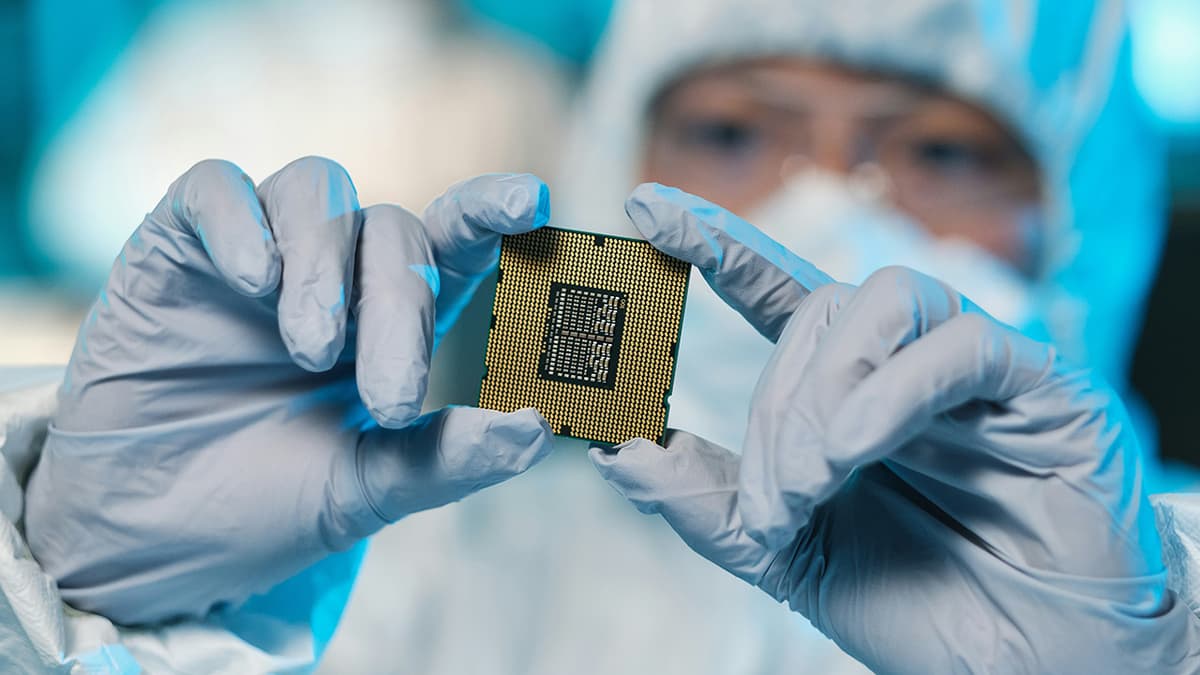How OpenAI Achieved Rapid Response Times with GPT-4o?
OpenAI's latest model, GPT-4o, showcases significant advancements in large language models, especially in response speed. It enables real-time interaction across text, audio, and vision inputs, achieving response times as quick as 232 milliseconds for audio inputs. This article outlines the strategies and technical advancements that contribute to GPT-4o's fast performance.
Key Advancements in GPT-4o
What innovations make GPT-4o stand out? Here are the critical advancements:
-
Unified Multimodal Model:
- Single Neural Network: GPT-4o utilizes a unified neural network for processing all inputs and outputs, which streamlines processing and eliminates model-switching overhead.
- End-to-End Training: The model is trained end-to-end across text, vision, and audio, allowing for real-time understanding and output generation without losing context.
-
Efficient Model Architecture:
- Optimized Layers and Attention Mechanisms: GPT-4o features optimized components that reduce computational complexity and enhance processing speed.
- Parallel Processing: The use of parallel processing allows GPT-4o to manage multiple inputs at once, critical for maintaining low latency across tasks.
-
Advanced Hardware Utilization:
- Custom Hardware Accelerators: OpenAI employs specialized GPUs and TPUs designed for the demanding computations of large models, enhancing efficiency.
- Optimized Inference Pipelines: The inference pipelines have been designed to minimize latency, focusing on swift data transfer between hardware components.
-
Improved Data Handling:
- Efficient Data Tokenization: The updated tokenizer reduces the number of tokens needed for various languages, streamlining processing.
- Contextual Compression: Techniques for compressing contextual data allow for faster comprehension and response generation.
Real-Time Interaction Capabilities
What makes GPT-4o excel in real-time interaction? Here are its key features:
-
Low-Latency Audio Processing:
- Rapid Audio-to-Text Conversion: GPT-4o quickly converts audio to text, essential for real-time applications such as voice assistants.
- Fast Text-to-Audio Synthesis: The model efficiently reconverts text responses to audio, ensuring smooth interactions with minimal delay.
-
Enhanced Vision Processing:
- Immediate Visual Recognition: The model can recognize and interpret visual inputs in real-time, identifying objects and generating descriptive text based on visual data.
- Integrated Multimodal Understanding: Combining visual and textual information allows for richer, more contextually aware responses.
-
Responsive Text Generation:
- Optimized Language Models: The text generation benefits from refined algorithms that improve response time and coherence.
- Reduced Latency in Conversation: Speed improvements in algorithms and hardware lead to response times comparable to human conversation.
Performance Benchmarks
What metrics reflect GPT-4o's performance? Here are the benchmarks:
-
Latency Benchmarks:
- Audio Response Time: Average response time for audio inputs is 320 milliseconds, with top performance reaching 232 milliseconds, vital for voice interactions.
- Text and Visual Processing: The model’s performance in text processing competes with GPT-4 Turbo while significantly improving vision and audio comprehension.
-
Efficiency Metrics:
- Cost and Speed: GPT-4o is notably faster and 50% cheaper to use via API compared to earlier models, making it accessible for developers.
- Higher Throughput: With a fivefold increase in rate limits, GPT-4o can accommodate more simultaneous requests, ideal for high-demand scenarios.
Future Outlook
What does the future hold for GPT-4o? OpenAI’s advancements position GPT-4o as a benchmark for real-time, multimodal AI interactions. The combination of a unified model, optimized architecture, advanced hardware utilization, and efficient data handling drives its impressive performance. As OpenAI continues to enhance GPT-4o, even more advanced applications are anticipated across various fields, including customer service and interactive entertainment.
GPT-4o's rapid response times and real-time interaction capabilities showcase a significant milestone in large language model evolution. OpenAI has effectively created a model that not only matches human conversation speeds but also extends the possibilities for multimodal AI applications.
(Edited on September 4, 2024)












